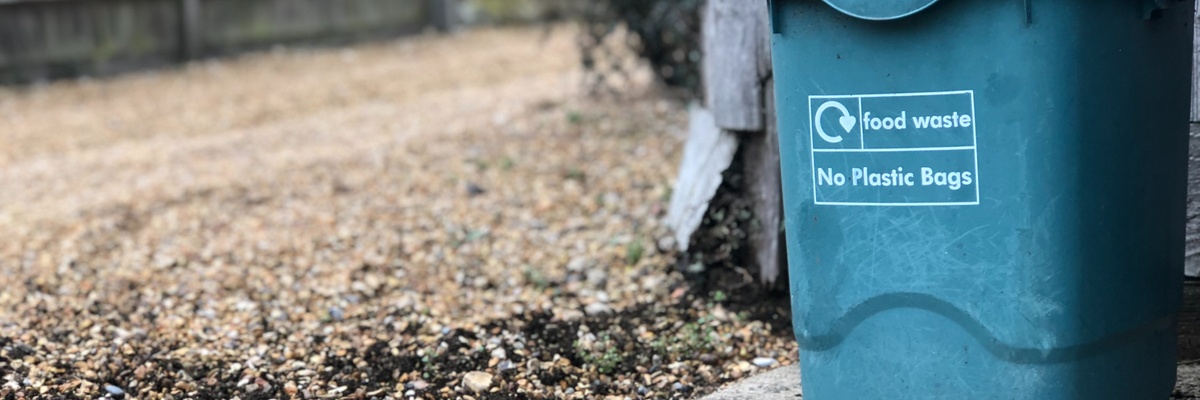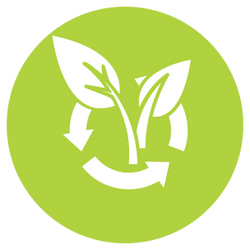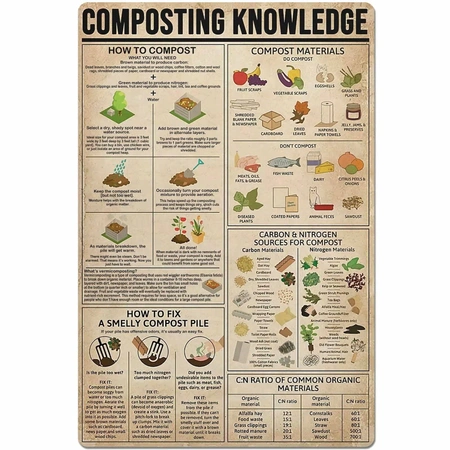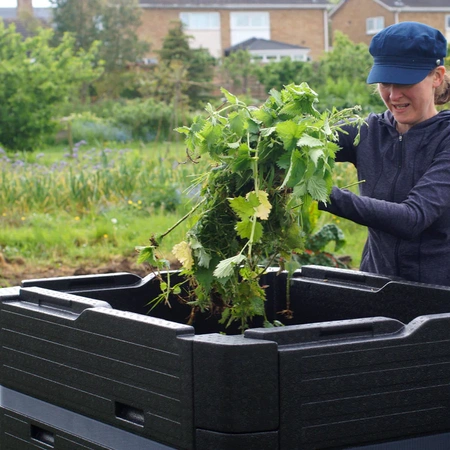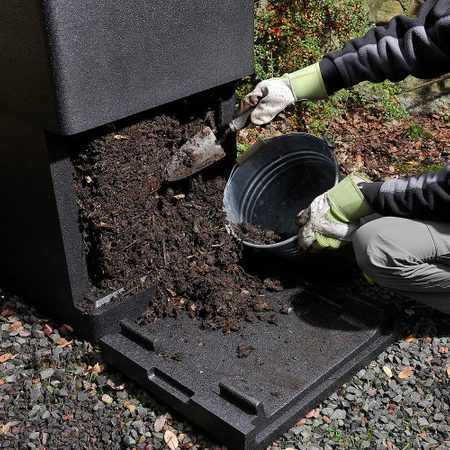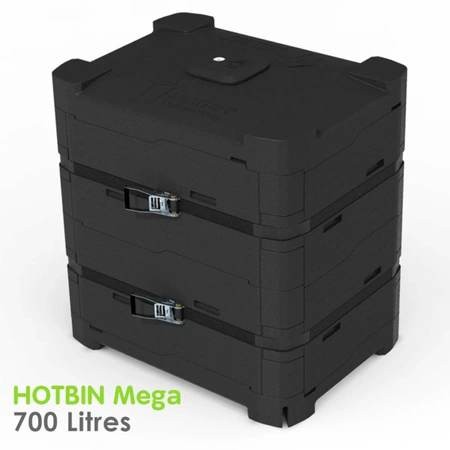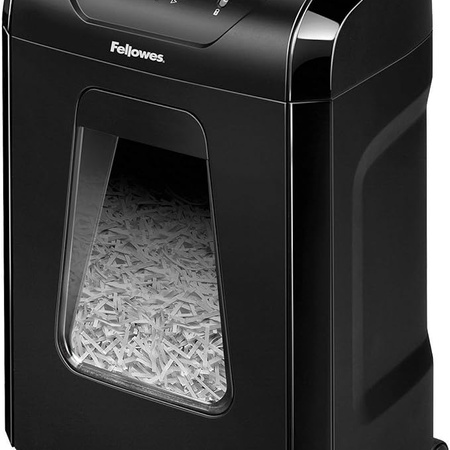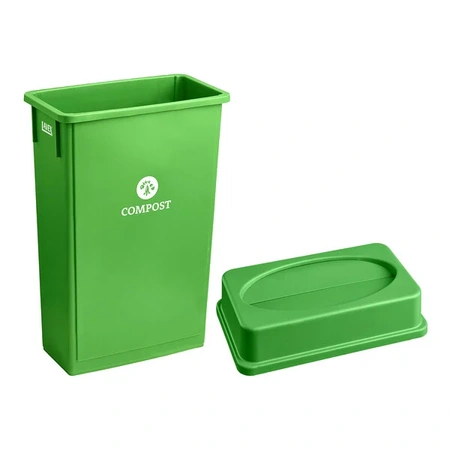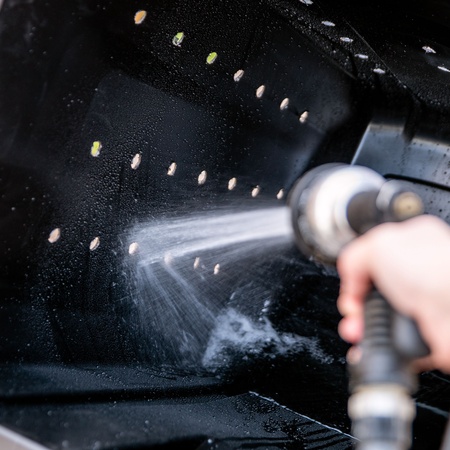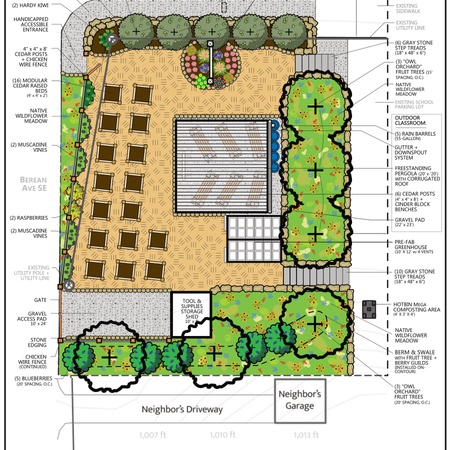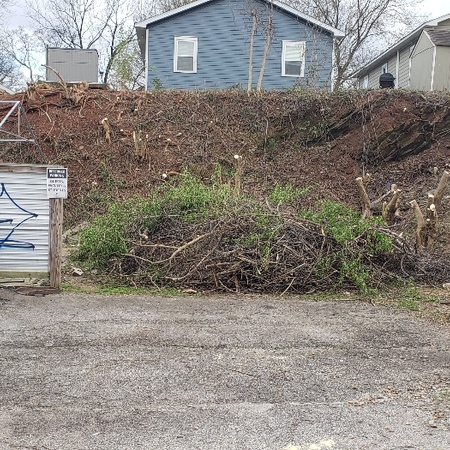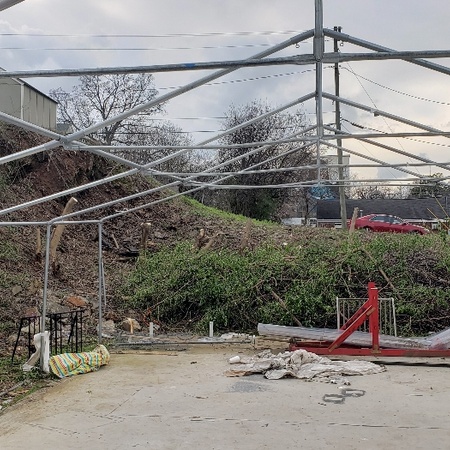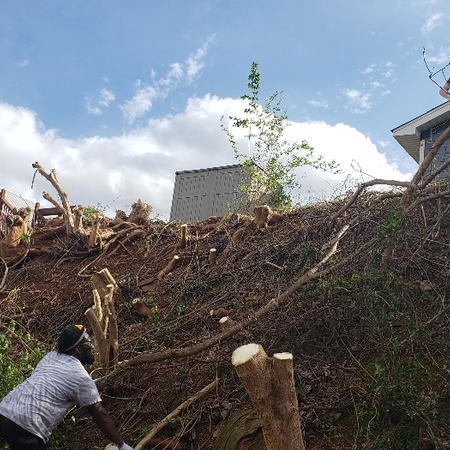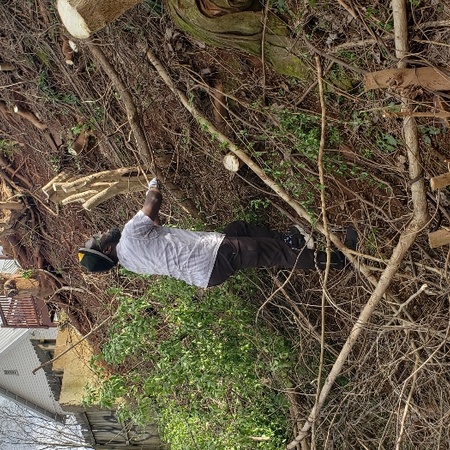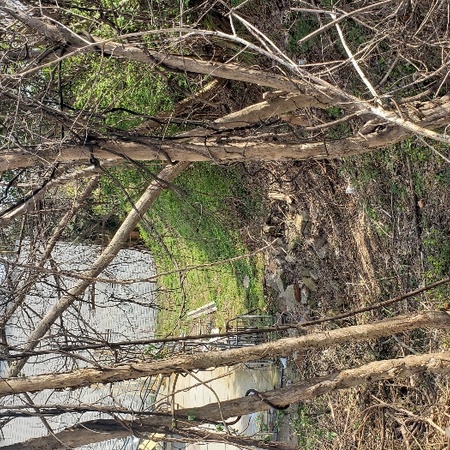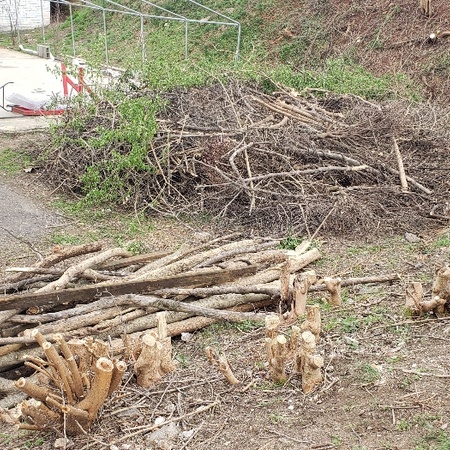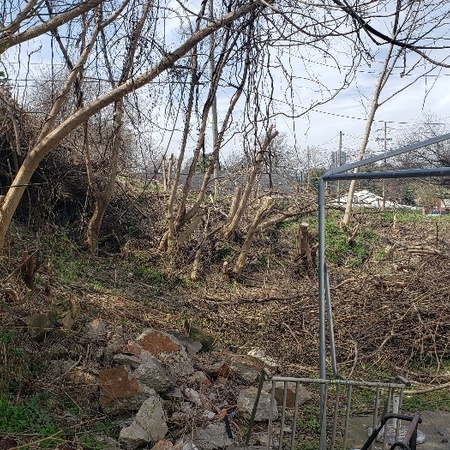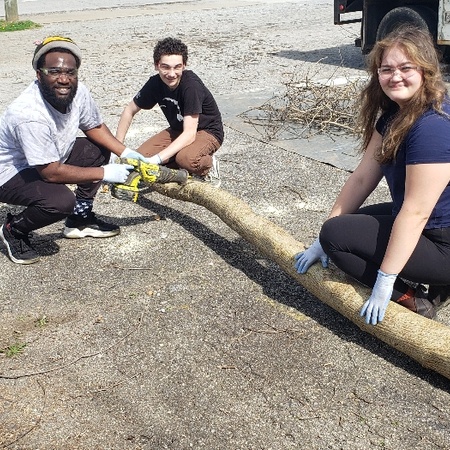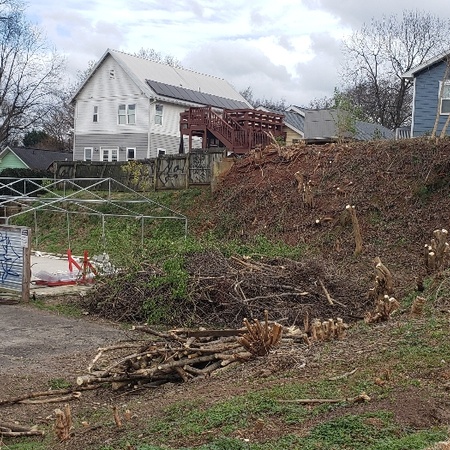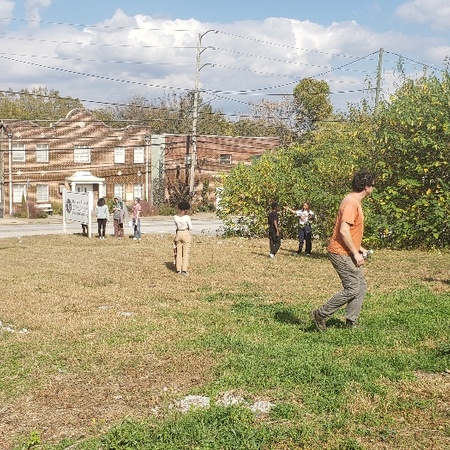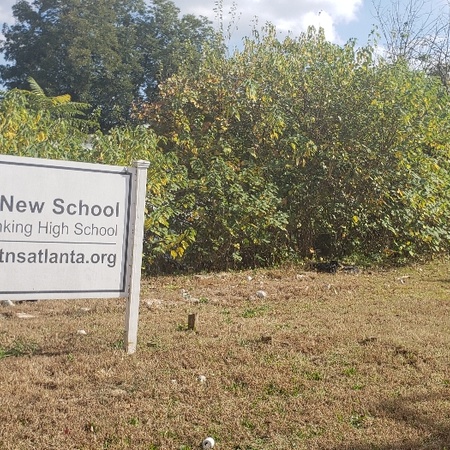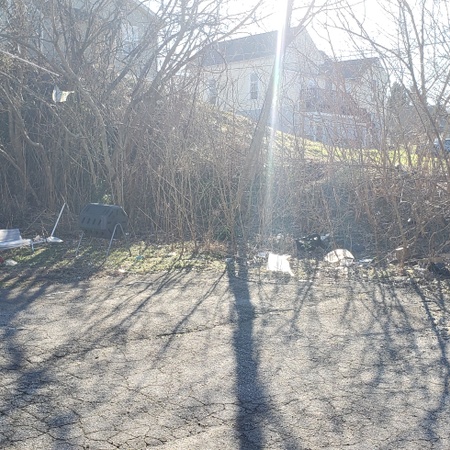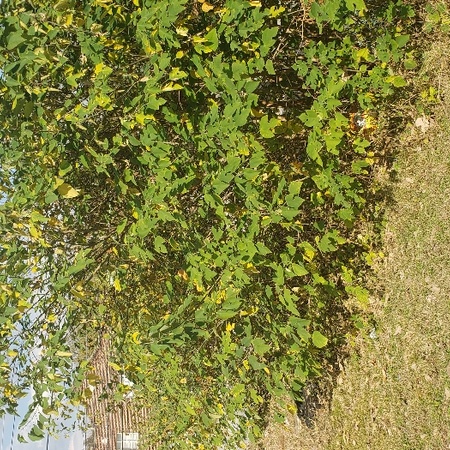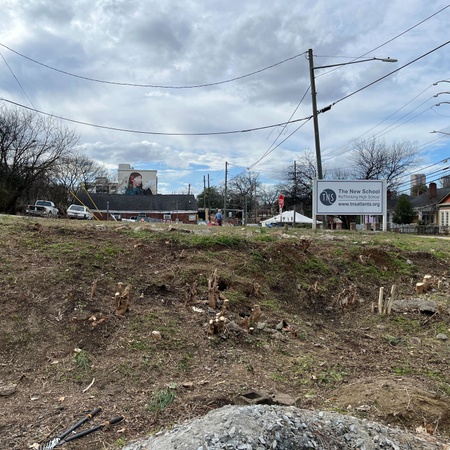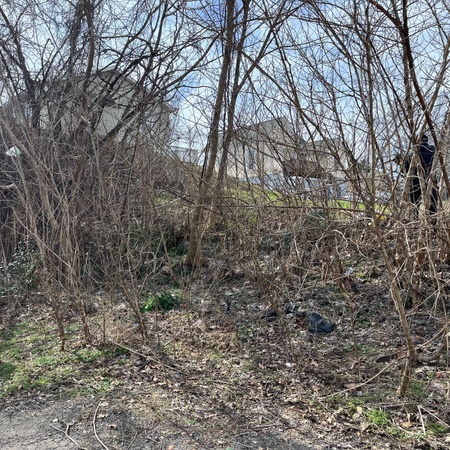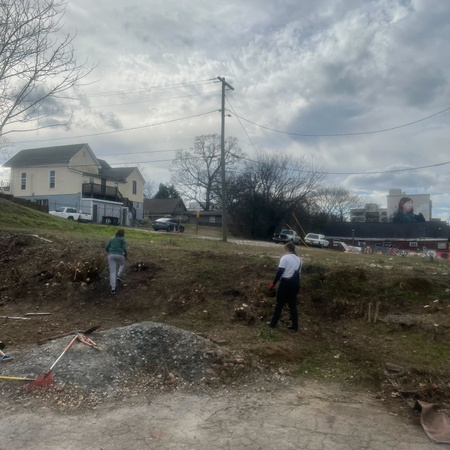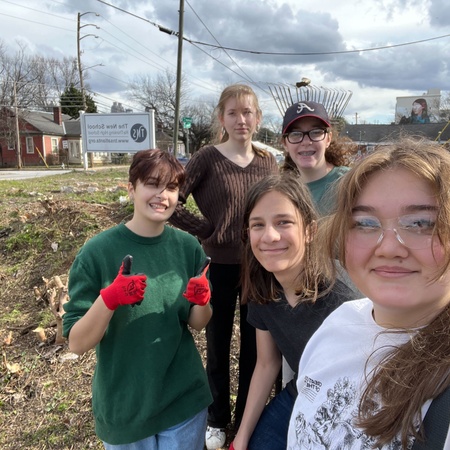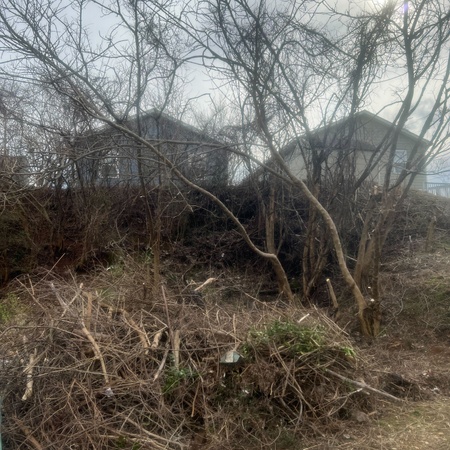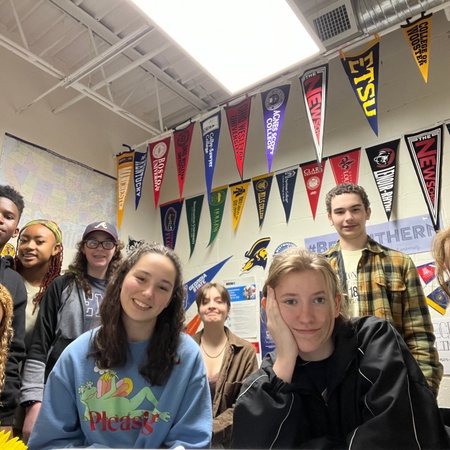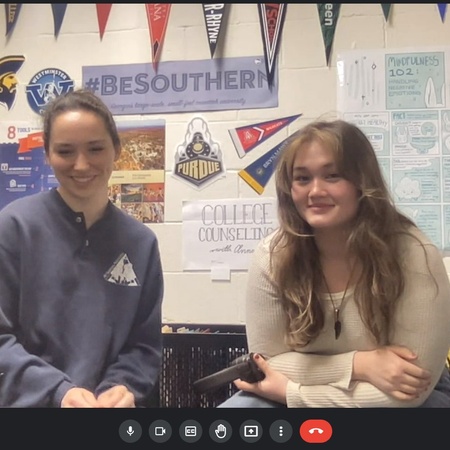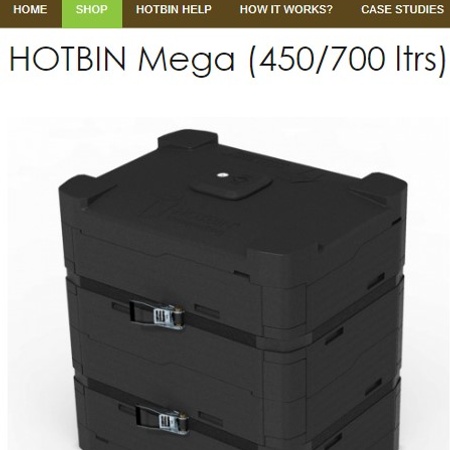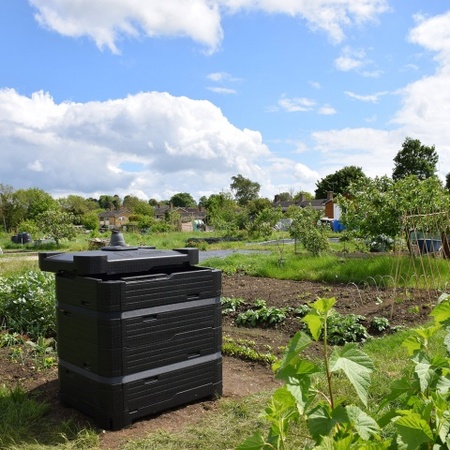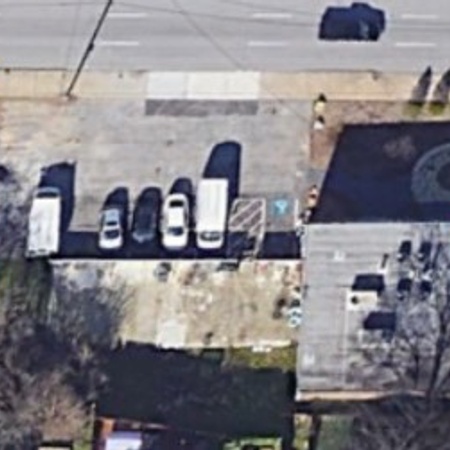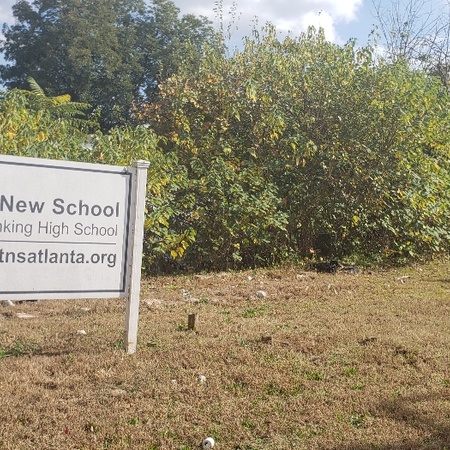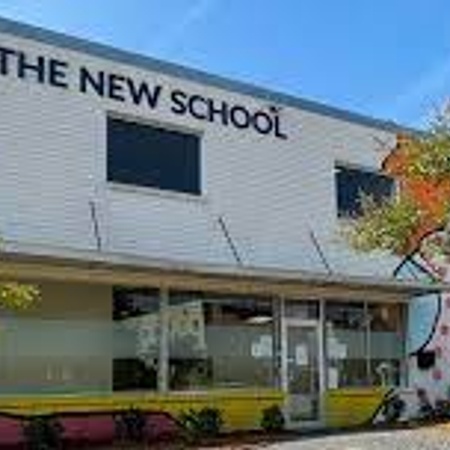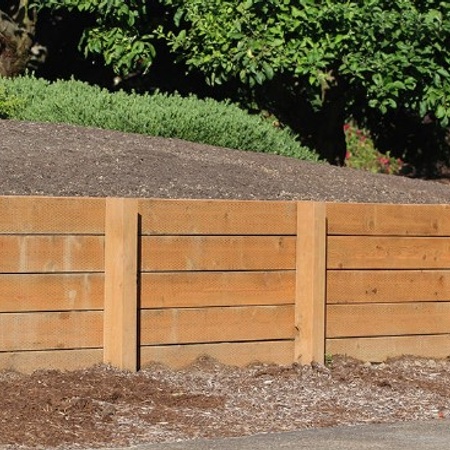Action plan:
Timeline:
Winter-Spring 2023:
- The TNS Community Compost team is planning on meeting every week until Winter Break (mid-December). They will reconvene when students return in January, and meet on a bi-weekly or monthly basis. Student leader's first priority is to recruit other environmentally-conscious students at the school who might want to join the team & help with the regular maintenance & management of the school composting system.
- Once the final design for the TNS Community Ag Site is finalized in January 2023, the TNS CC Team will begin discussing how to approach site prep (invasive mulberry removal, excavating flat composting area into hillside), material procurement, and schoolwide composting system education & rollout.
- A rough, "phased" approach might go as follows:
> PHASE 1 (February 2023): Coordinate a Community Workday to Remove Mulberry & Excavate Flat Composting Area into Hillside (TNS students also have "X-Block" free period each week, where they can slowly chip away at mulberries).
> PHASE 2 (March 2023): Community Foodscapes installs Retaining Wall into Hillside
> PHASE 3 (April 2023): TNS Student Leaders Purchase HOTBIN & composting buckets. Coordinate schoolwide "Compost 101" event to educate other students & staff about composting & school's need composting system & affiliated procedures.
> PHASE 4 (Late Spring, Summer 2023): As composting system is perfected, students begin outreaching to their families and surrounding community to educate & encourage them to drop their food scraps off at the school.
Budget:
- Invasive Mulberry Removal (Labor) - $0 (Volunteer Day)
- HOTBIN Mega Composter 700 litres - $900
- Paper Shredder - $200
- [2] x 5-gal Composting Bins to Place near Main Garbage Receptacles - $200
- Misc Supplies for Signage & Compost Bucket Graphics - $50
- Retaining Wall solution for Composting Area (PT Lumber?) - $1,150
Impact:
- The school and surrounding community will benefit from this project, because it will offer them a hyperlocal way to process their biodegradable food & household waste into useable compost. Being involved in the school's composting system will provide folks with a sense of purpose, community, and "doing the right thing." It will also encourage folks to start thinking "green" and being more environmentally conscientious about their individual practices & habits.
- TNS currently has a student population of ~50 and a staff population of 20+. Students & staff will be encouraged to outreach to their families and surrounding community - meaning this composting system could ultimately end up processing the food scraps of 150-200+ people. If one person generates approx. 219 lbs of compostable food waste per year (Source: RTS - "Food Waste in America in 2022"), this means the TNS Composting System has the potential to divert 32,850 - 43,800 lbs of food scrapes away from our local landfill each year!
- TNS students - and their composting partner (Community Foodscapes) - plan on spreading the word about the TNS Community Composting System via word-of-mouth, social media, website, and newsletters.
Location:
- The HOTBIN Mega Composter will live in a designated composting area within the Community Ag Site. Specifically, it will be "tucked" into the hillside on the east side of the site, where there is currently an invasive mulberry tree patch (see "Bubble Diagram" attachment below). Some type of retaining wall (possibly PT lumber?) will need to be installed so the HOTBIN can be stored into the hillside and not encroach on the students' outdoor lunch & recreation space.
- The HOTBIN location was intentionally and strategically selected to be closest to the school, so students & staff can easily access it on a daily basis when dumping their compost buckets on a daily basis.

